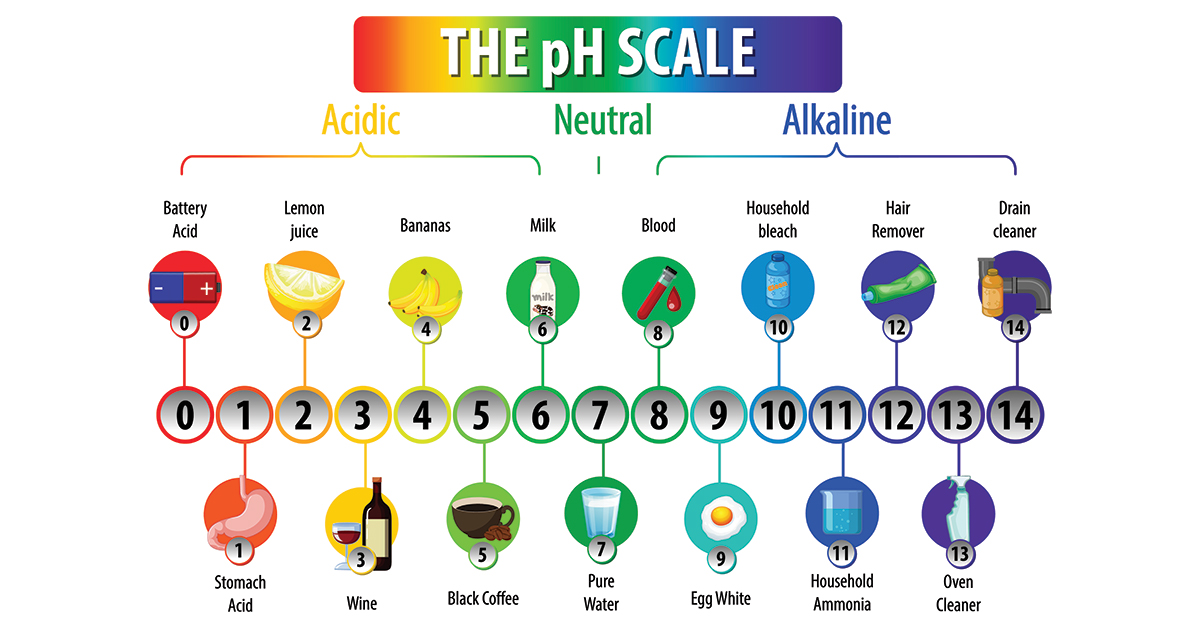Everything About Chemical Products: Vital Details for Safe Use and Handling
When collaborating with chemical items, recognizing their buildings and possible dangers is essential for your safety and security. You have to understand just how to handle them properly to avoid accidents. From recognizing reactivity to guaranteeing correct disposal, each action issues. What regarding those times when something fails? Understanding first aid measures can be equally as essential. Let's discover the essential practices that can keep you and your environment secure.
Recognizing Chemical Features
Recognizing chemical residential properties is necessary for anyone working with or around dangerous materials. Recognizing whether a chemical reacts with water or air can guide you in storage space and dealing with methods.
Furthermore, understanding the physical properties, like boiling and thawing factors, educates you concerning the conditions in which a material can change state. Always refer to Security Information Sheets (SDS) for thorough details on details chemicals.
Safe Handling Practices
When collaborating with chemicals, it is important to follow risk-free handling methods to minimize risks and assure your safety. Always wear suitable personal safety equipment (PPE), including gloves, safety glasses, and laboratory coats. Familiarize yourself with the Material Security Data Sheets (MSDS) for each and every chemical, as they offer substantial details regarding threats and very first help actions.

Maintain your work space arranged and complimentary from mess to lower the chance of mishaps. If a spill takes place, follow your center's emergency situation procedures quickly. Always wash your hands extensively after managing chemicals, even if you used handwear covers. By adhering to these practices, you'll develop a much safer environment for yourself and those around you.
Proper Storage Space Strategies
To guarantee the security and stability of chemical items, it's important to store them properly. Start by keeping chemicals in their initial containers with labels intact. This assists avoid complication and validates you understand what you're taking care of. Shop them in a trendy, dry location, away from straight sunlight and heat resources, as temperature variations can endanger their efficiency.
You need to also divide incompatible chemicals, such as acids and bases, to avoid dangerous responses. chemical products kingwood texas. Ensure racks are strong and protected to stop tipping. Furthermore, use second containment, like trays, to catch any kind of leaks or spills
Routinely inspect for expiration dates and indicators of degradation, and if you discover any kind of issues, do something about it promptly. Ultimately, confirm that your storage space location is well-ventilated and obtainable just to authorized workers. Following these standards helps develop a much safer atmosphere for you and others that may come into call with these items.
Disposal Standards
Appropriate disposal of chemical products is crucial for both safety and environmental management. Check neighborhood policies for certain disposal standards, as they can vary commonly. Never ever put chemicals down the drain or toss them in normal garbage unless explicitly permitted. Instead, search for assigned collection websites or hazardous waste programs in your area.
If you're managing smaller amounts, take into consideration consuming the item as intended or contributing it to someone who can utilize it. Constantly firmly secure containers to stop leakages and identify them clearly.
When moving chemicals for disposal, maintain them upright and prevent blending different materials, as this can create dangerous reactions. It's also important to keep the initial tags undamaged for recognition. By following these disposal guidelines, you'll add to a much safer setting and lower the threat of unintended exposure or contamination.
Recognizing Potential Risks
When collaborating with chemical items, recognizing prospective hazards is essential for your safety and security. Beginning by recognizing chemical tags and recognizing safety and security information sheets, as they offer essential information. Acquainting on your own with typical danger symbols can additionally aid you remain alert to any type of risks entailed.
Identifying Chemical Labels
Recognizing chemical tags is vital for guaranteeing safety and security in atmospheres where harmful products are existing. When you experience a chemical, look for icons indicating its risk level. In addition, check for any type of warnings or safety and security instructions that come with the label, as these guide proper handling and storage space.
Comprehending Security Information Sheets
Security Data Sheets (SDS) are necessary records that provide detailed information regarding chemical items, including their possible threats. When you manage chemicals, check my reference it's important to review the SDS to recognize the threats entailed. Each sheet outlines key details such as toxicity, flammability, and sensitivity, aiding you identify just how these elements might impact you and your surroundings. You'll also find information on safe handling methods, emergency treatment procedures, and emergency reaction treatments. Acquainting yourself with the SDS can greatly decrease crashes and injuries. Always maintain these sheets obtainable, and describe them whenever you're unclear regarding an item. By doing so, you're taking view it essential actions towards ensuring your security and the security of those around you.
Typical Threat Signs
Understanding the details on Safety and security Data Sheets (SDS) helps you identify numerous risk signs that suggest potential dangers connected with chemical products. These symbols function as fast visual signs, alerting you to threats like toxicity, flammability, or corrosiveness. For instance, a skull and crossbones indicates a toxin, while a flame sign alerts of combustible materials.
Constantly review labels and adhere to security precautions. Remember, it's crucial to store chemicals correctly and use personal safety equipment (PPE) when necessary.
First Help Actions for Chemical Direct Exposure
When you run into a chemical exposure, knowing the right initial help measures can make all the distinction in reducing damage. If a chemical dashes into your eyes, rinse them right away with clean water for at least 15 minutes.

For inhalation, move to fresh air right now. If you're having trouble breathing, seek medical attention right away. If a person ingests a chemical, do not generate vomiting unless instructed by a toxin nerve center or a doctor.
Always have safety data sheets (SDS) accessible to give info regarding the details chemical involved. Keep in mind to call emergency services if the direct exposure is serious or if symptoms persist. Your quick actions can considerably reduce the threat of major injury.
Resources for Chemical Safety Understanding
To successfully navigate the globe of chemical safety, it is necessary to use a selection of sources that can improve your awareness and readiness. chemical products kingwood texas. Start by seeing sites like the Occupational Security and Health Management (OSHA) or the National Institute for Occupational Safety And Security and Wellness (NIOSH), which use guidelines and security data sheets
In addition, consider taking on-line courses or webinars focused on chemical safety and handling treatments. Local area colleges frequently offer workshops, as well.
Don't forget the value of joining pertinent specialist companies or forums where you can get in touch with others in the area.
Make certain to maintain a well-stocked collection of safety and security handbooks and emergency situation feedback guides.
Lastly, constantly remain upgraded on laws and best practices by registering for sector newsletters or complying with safety and security blog sites. These sources will certainly encourage you to take care of chemicals securely and responsibly.
Regularly Asked Concerns
What Personal Safety Devices Should I Make Use Of When Dealing With Chemicals?
When taking care of chemicals, you ought to wear safety and security goggles, gloves, and a laboratory layer. Depending upon the chemical, think about utilizing a respirator or face guard. Always prioritize your safety and security and assurance correct air flow in your workspace.

Exactly How Can I Recognize an Unknown Chemical Item?
You can identify an unidentified chemical product by examining labels, taking a look at physical buildings, and seeking advice from safety and security information sheets. If uncertain, prevent straight call more info here and look for professional aid for appropriate recognition and handling treatments.
Are There Age Restrictions for Purchasing Specific Chemicals?
Yes, there are age limitations for acquiring particular chemicals. You'll typically locate that items like solvents or pesticides require you to be a minimum of 18 or 21, depending on local policies. Always examine before buying.
Can Chemicals Be Mixed for Easier Disposal?
Mixing chemicals for less complicated disposal isn't secure. Constantly examine guidelines and get in touch with professionals to assure you're disposing of chemicals properly and safely.
What Should I Do in Case of a Chemical Spill at Home?
In instance of a chemical spill in the house, remain calmness. Leave the area, avoid inhaling fumes, and call for aid. Do not attempt to cleanse it up unless you're trained and outfitted for the particular substance.
Conclusion
In verdict, being well-informed concerning chemical products is important to ensuring your security and the safety of those around you. Constantly stay alert for potential dangers and understand the initial help steps for chemical exposure.
Comments on “Many sectors rely on chemical products kingwood texas for everyday functions.”